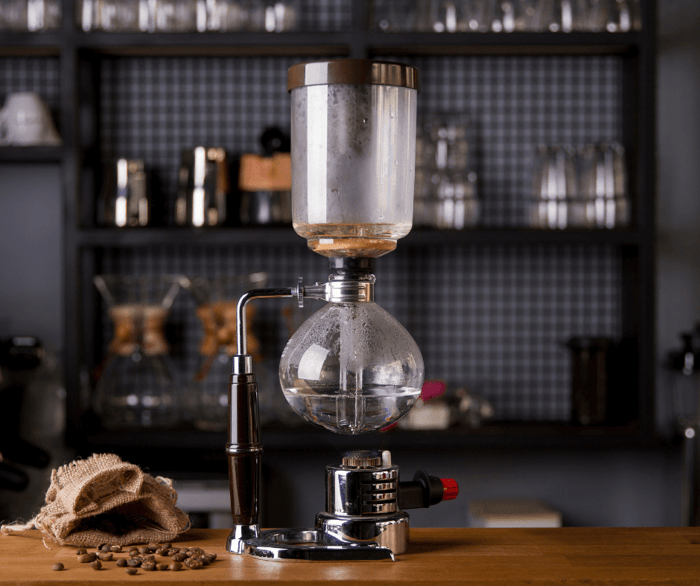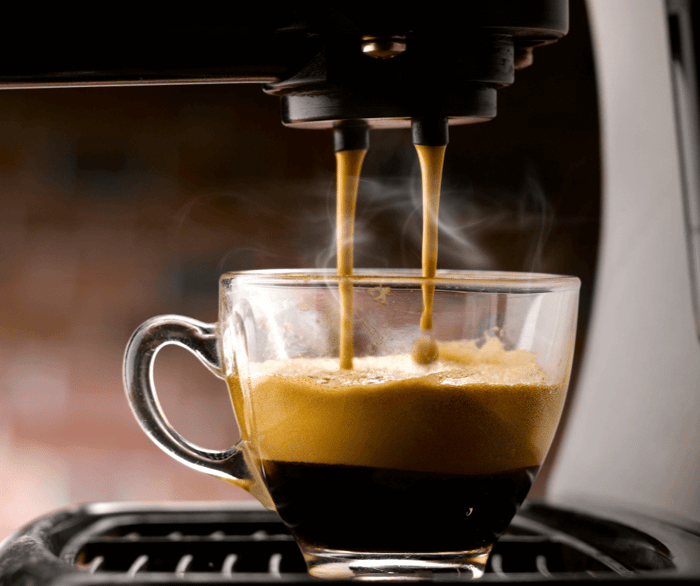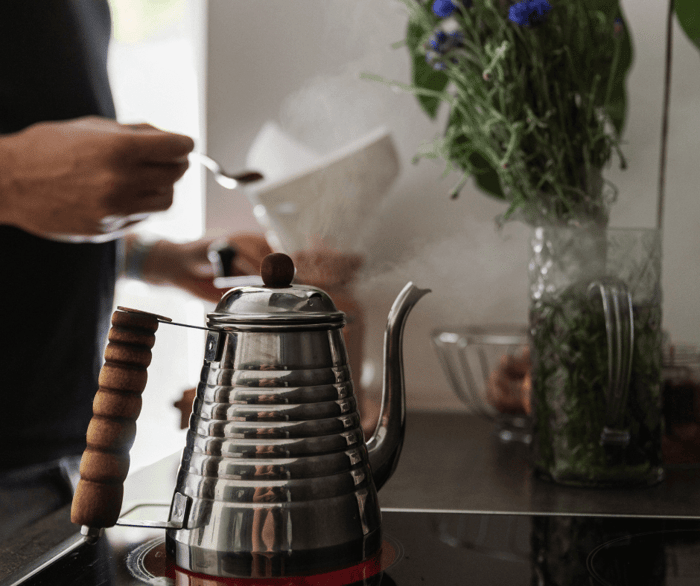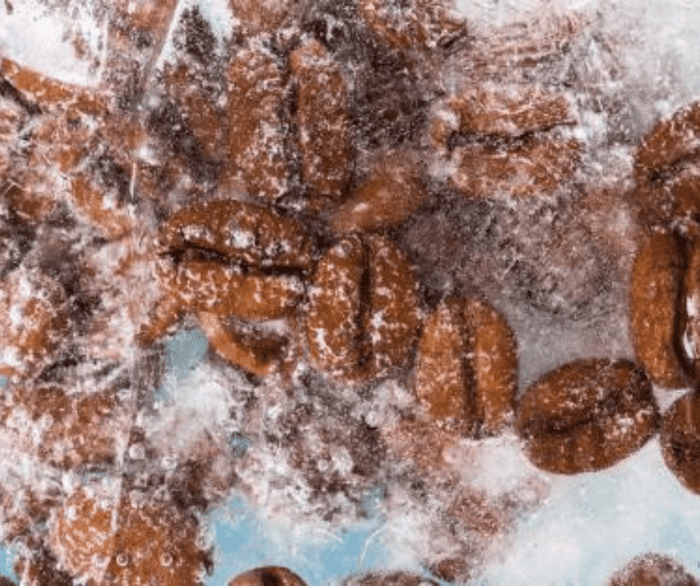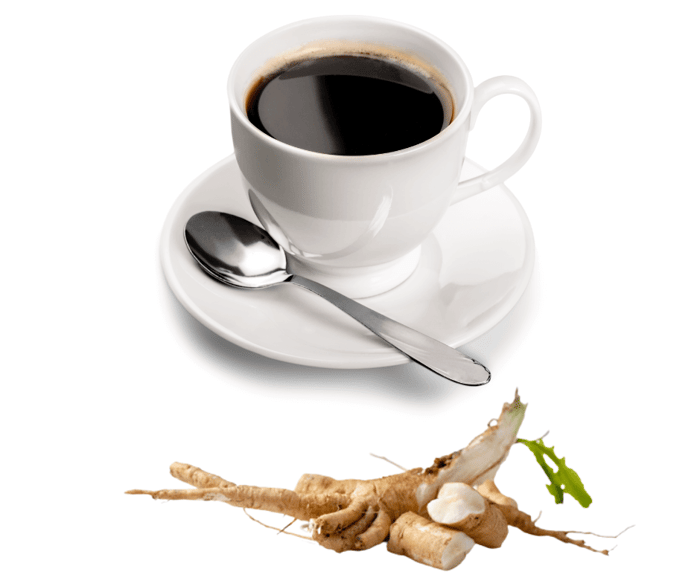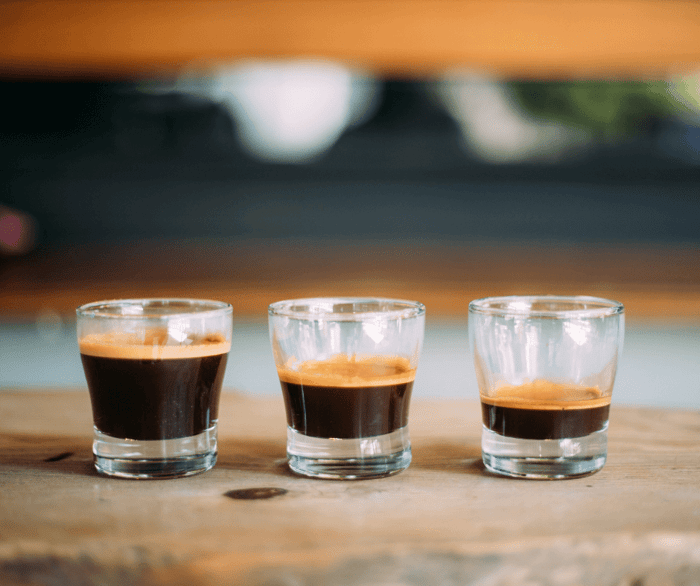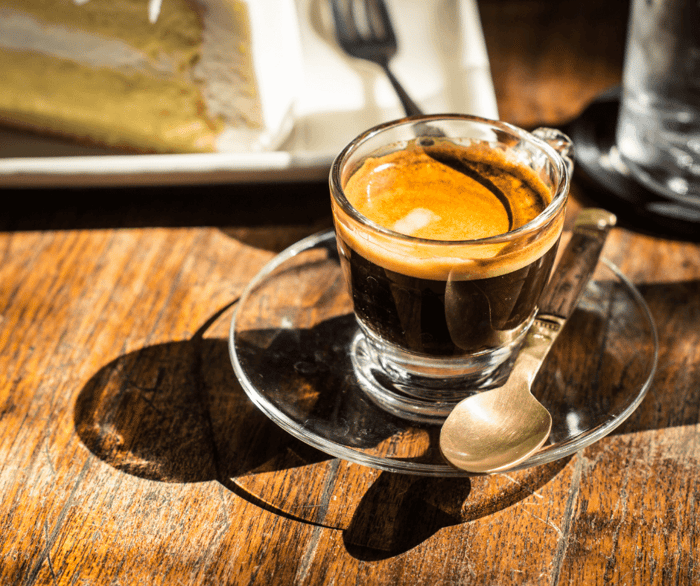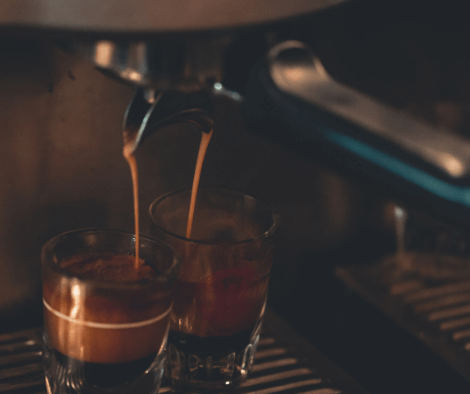History of Siphon Coffee Brewing
The siphon method originated in the 1830s in Germany.
In the United States and most of the western world, siphon brewing (also known as vacuum brewing) is a rare way to make coffee that most people have never heard of.
But, in some parts of the world, it’s been used regularly for well over a century.
With so many other, easier methods for brewing a great cup of joe, siphon brewing is a bit of a novelty—it’s something you might get to witness at a really hip coffee shop, for example. It’s probably not something you’ll be doing in your home very much.
Part of the reason for this is that it requires specialized equipment—and I don’t mean an AeroPress.
I’m talking about a halogen beam heater or a Bunsen burner. (Things most people don’t keep on their kitchen counter.)
Interestingly, while siphon brewing fell out of use in most of the world during the 20th century, it has remained a somewhat popular method in certain regions of Asia, including Laos, Taiwan, and Japan.
How Siphon Coffee is Made
- A filter is attached to the glass bottom chamber.
- Water is added to the chamber, which is then dried thoroughly to make sure the glass doesn’t break during the brewing process.
- The glass chamber is placed carefully over the heat source (i.e. bunsen burner).
- A funnel is inserted into the opening of the chamber while the water heats to boiling.
- Once the water is boiling, the filter and the top chamber are attached tightly. After the water rises into the top chamber, coffee grinds are added to the water and stirred with a spoon.
- After about 90 seconds, the heat source is switched off and the coffee slowly makes its way back down into the bottom chamber.
As you can see, this method is considered, at least in the West, to be overly complex for daily use.
In the United States, you’ll probably only encounter it being attempted by very talented baristas in very trendy coffee shops—or perhaps people who are very into coffee as well as classic scientific and industrial tools.
The center of that Venn diagram is probably fairly small, which helps explain why most Americans haven’t even heard of siphon brewing in the first place.
How Does it Taste?
Excellent!
It has a similar taste and mouthfeel to French Press coffee—very full-bodied and rich.
I would wager that most people who brew it would probably say it’s even better than French Press, however, because it takes a lot more effort (and expertise) to make coffee with a siphon brewer setup than it does with a French Press.
Putting aside “brewer bias,” some people who have been fortunate enough to try siphon coffee brewed by a barista have described it using words like “extraordinary,” “exquisite,” and “peerless.”
With its low pressure extraction and full immersion, siphon brewing is considered by coffee aficionados to be the ultimate coffee brewing method.
Depending on where you live, it might be difficult to find, but trying it should definitely be on your bucket list!
Want More Coffee Content?
- Daily Coffee Grind - Click Here
- Coffee Reviews - Click Here
- Coffee Brewing Guides - Click Here
- Coffee Brewer Reviews - Click Here

